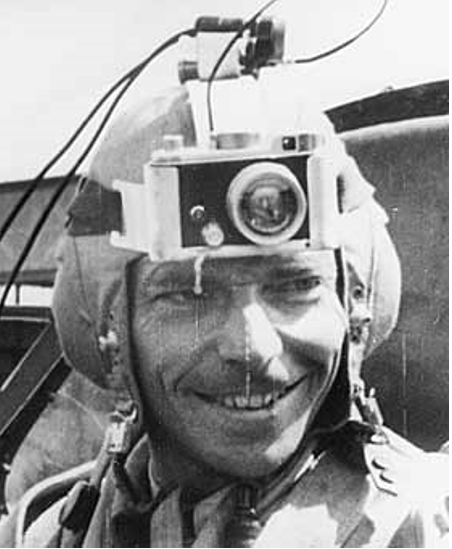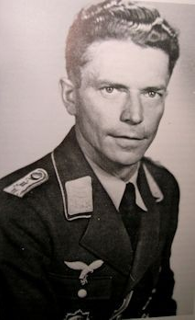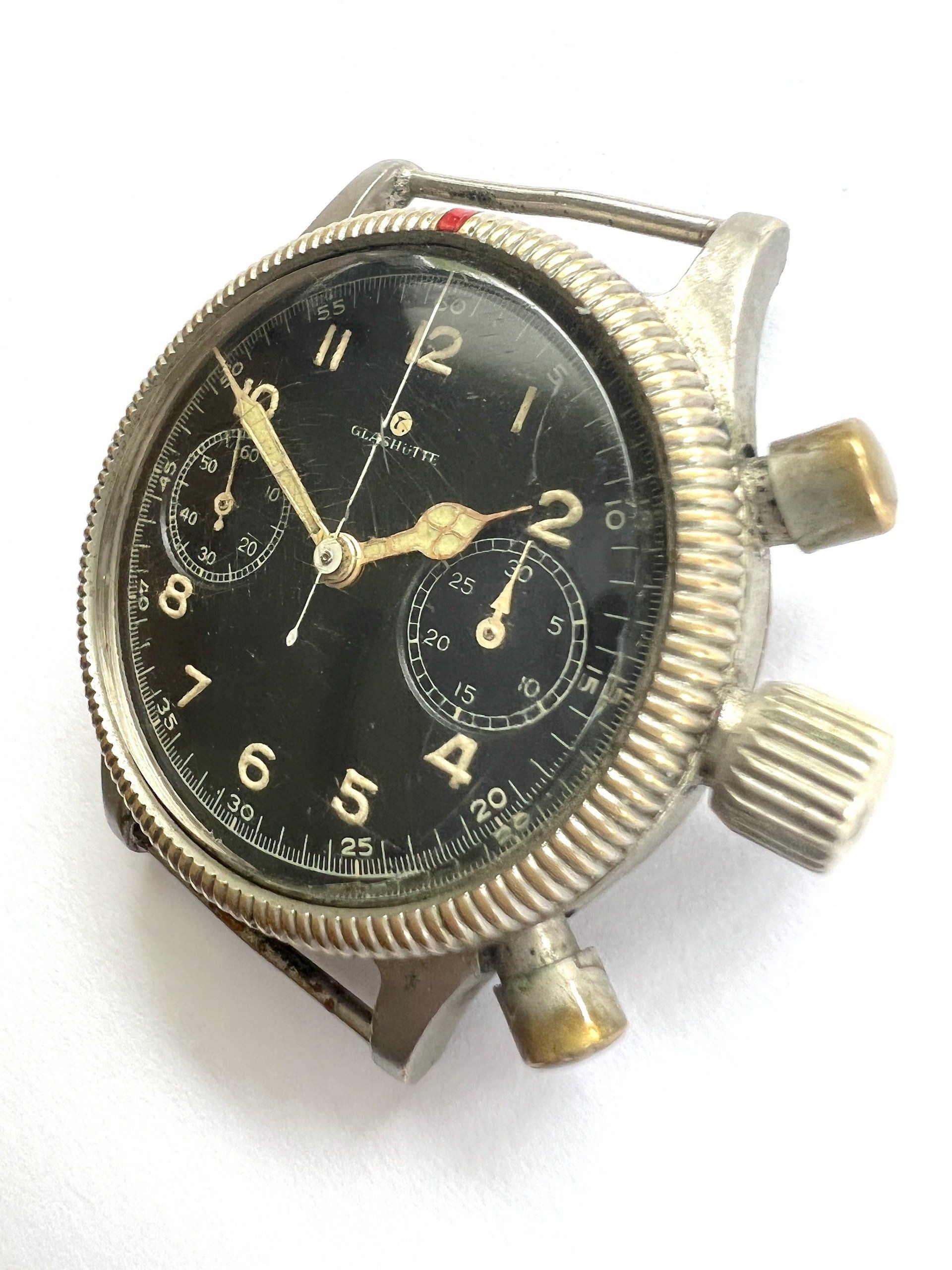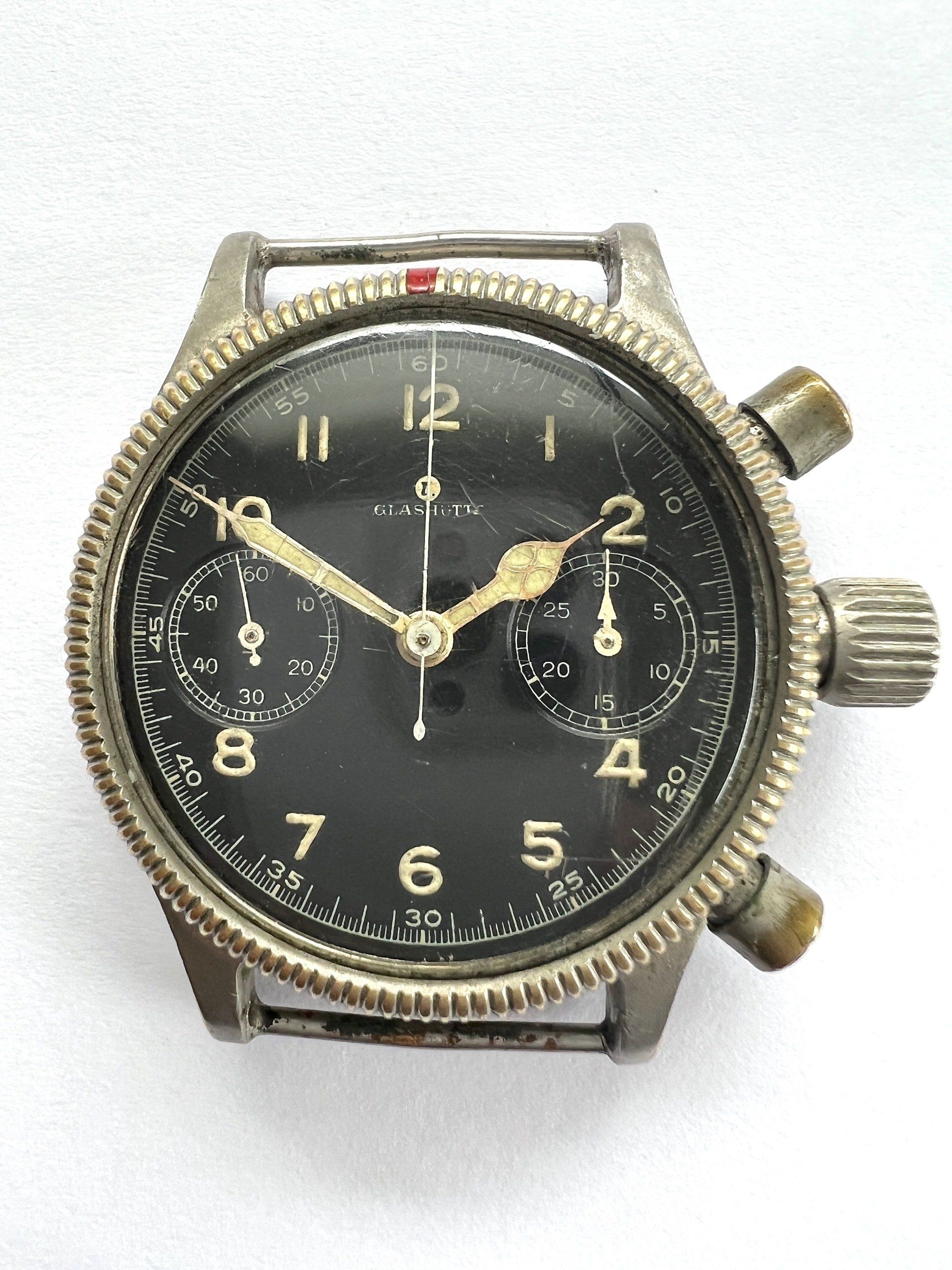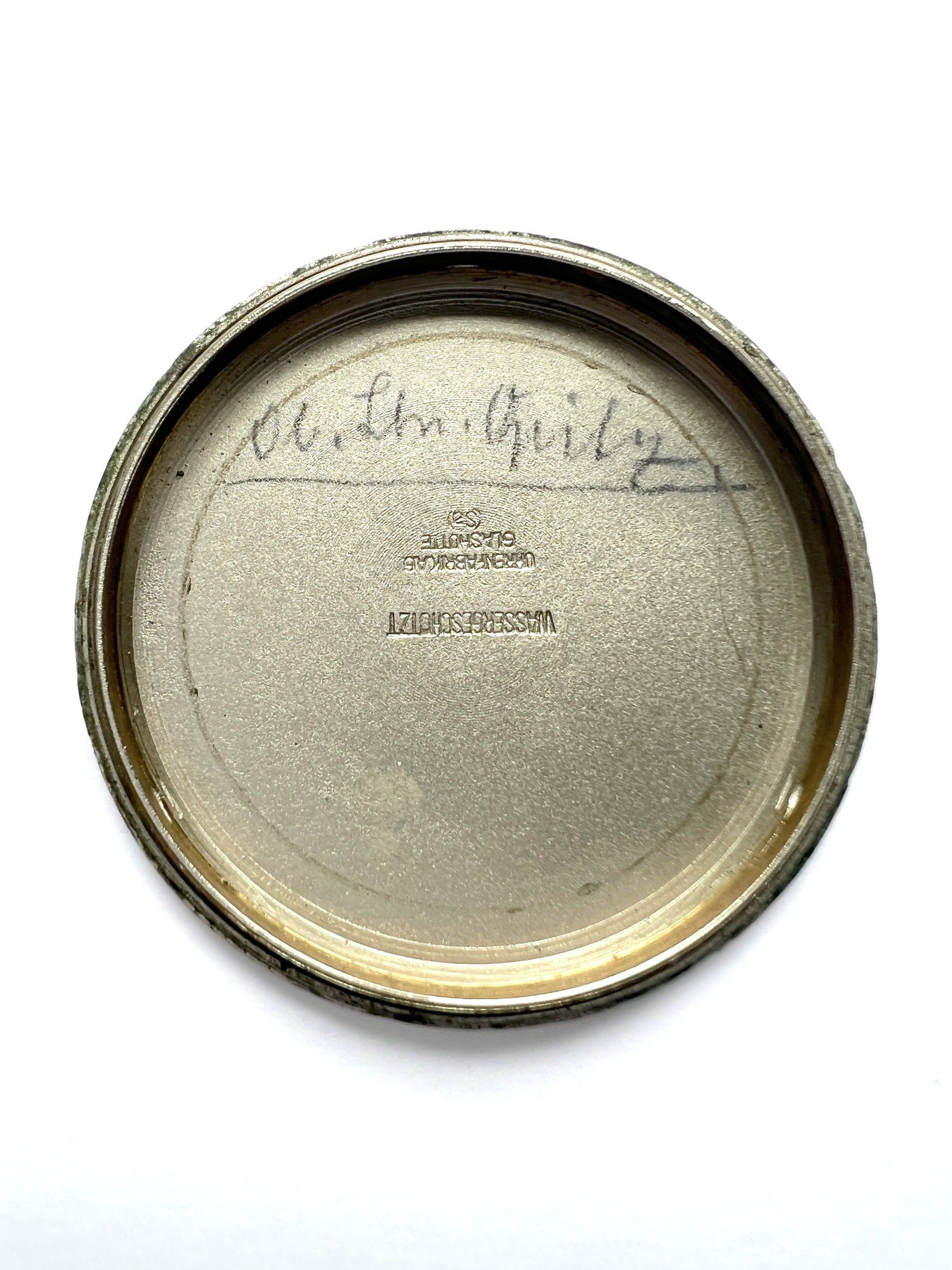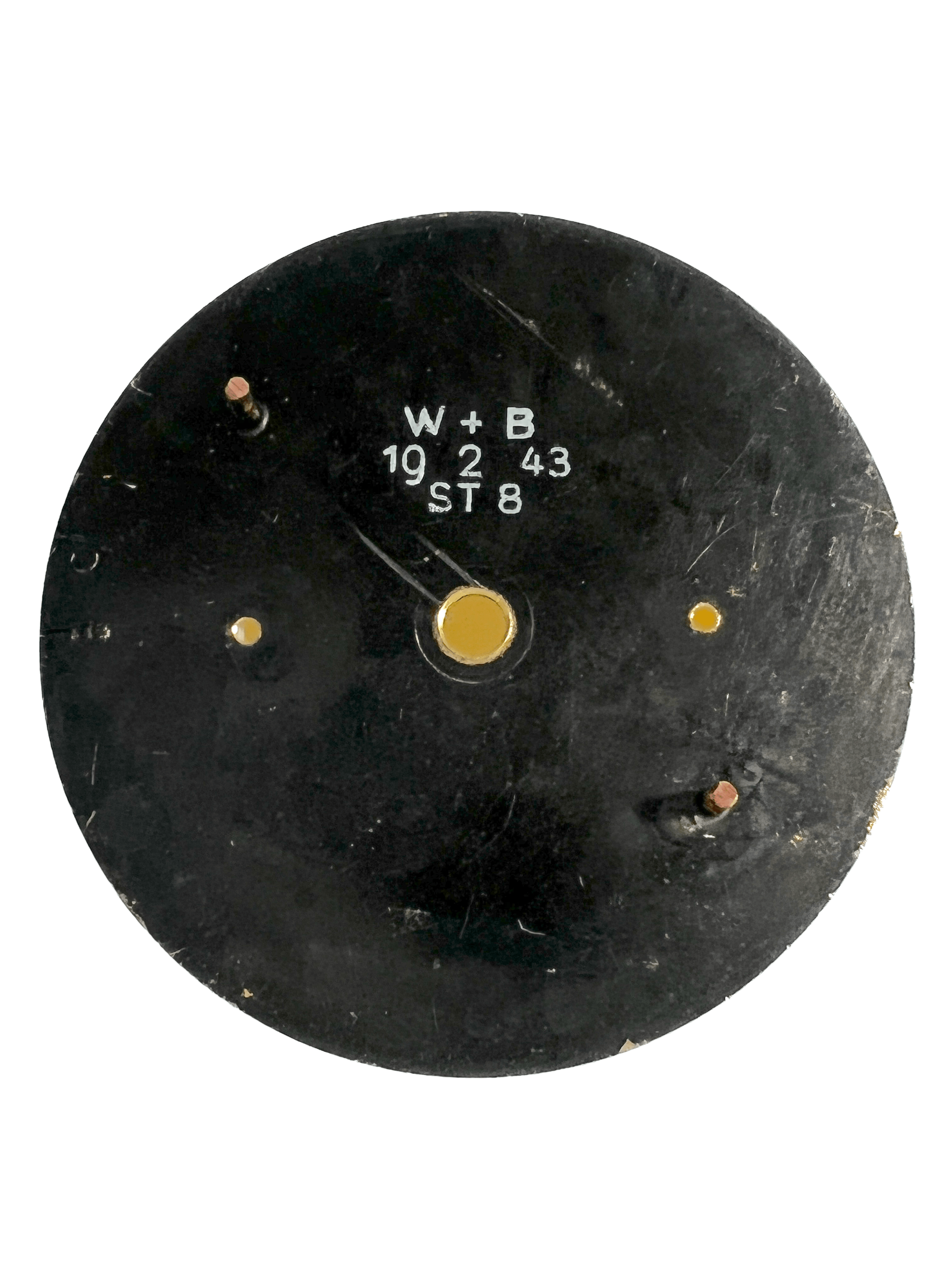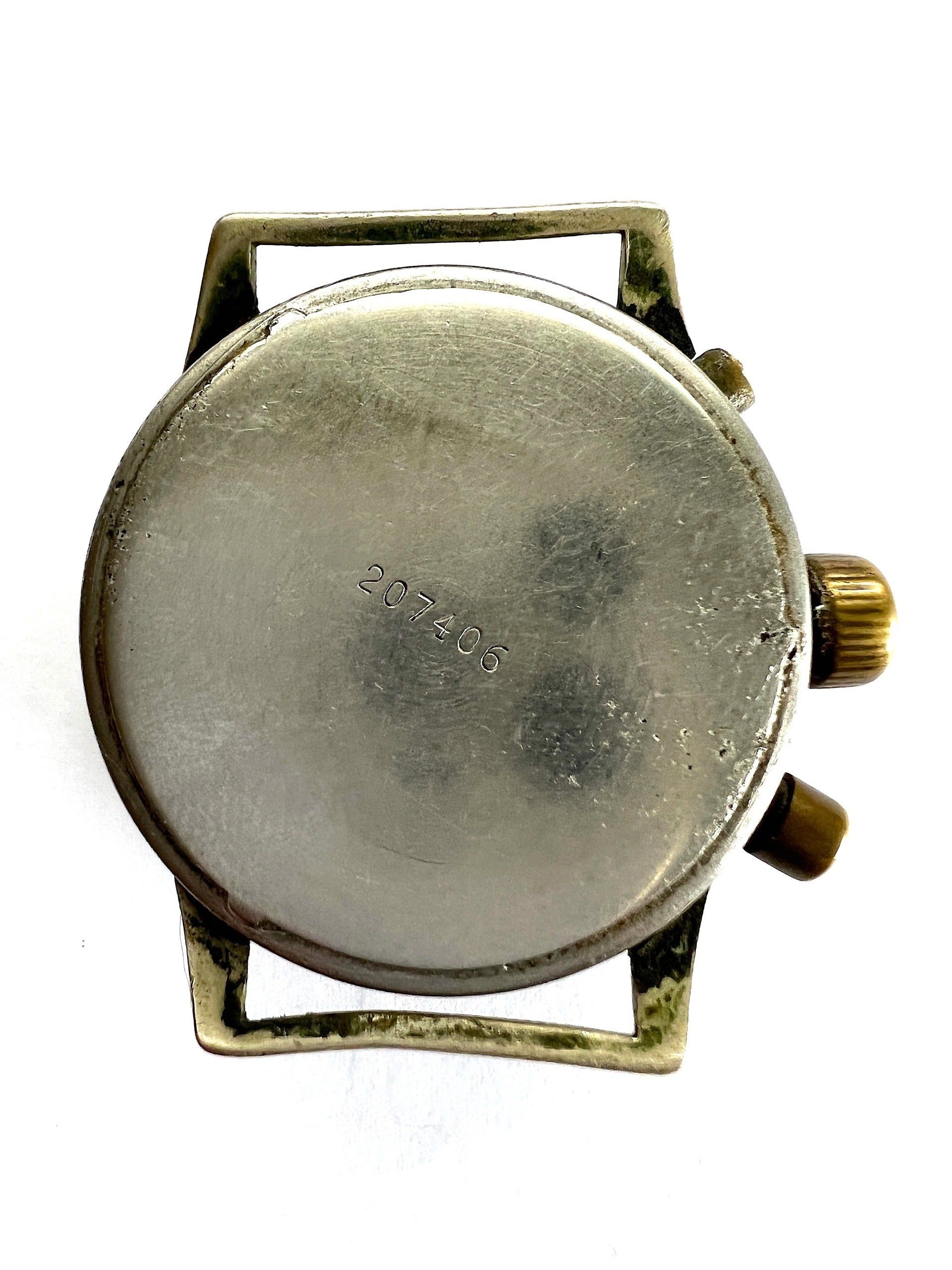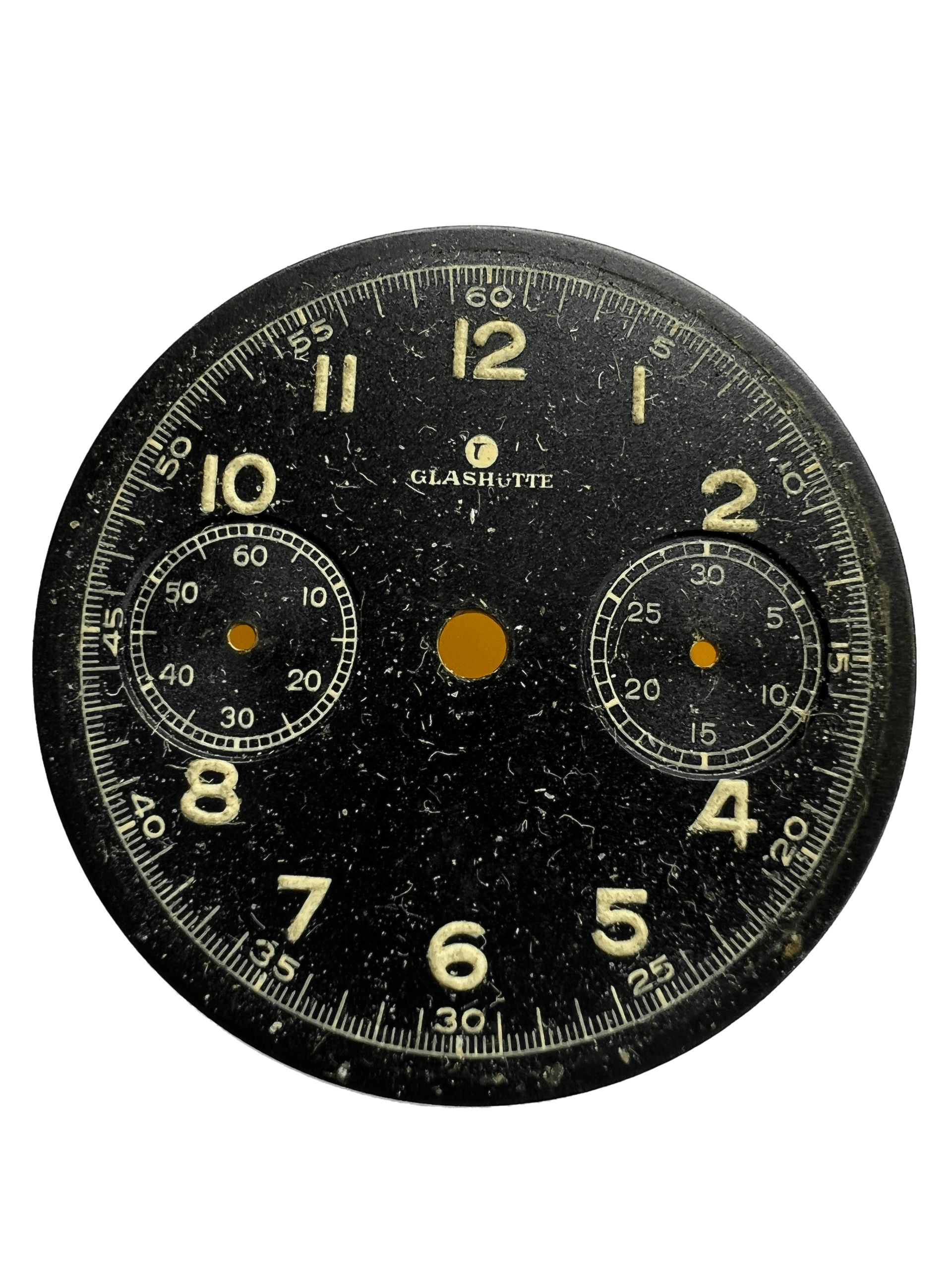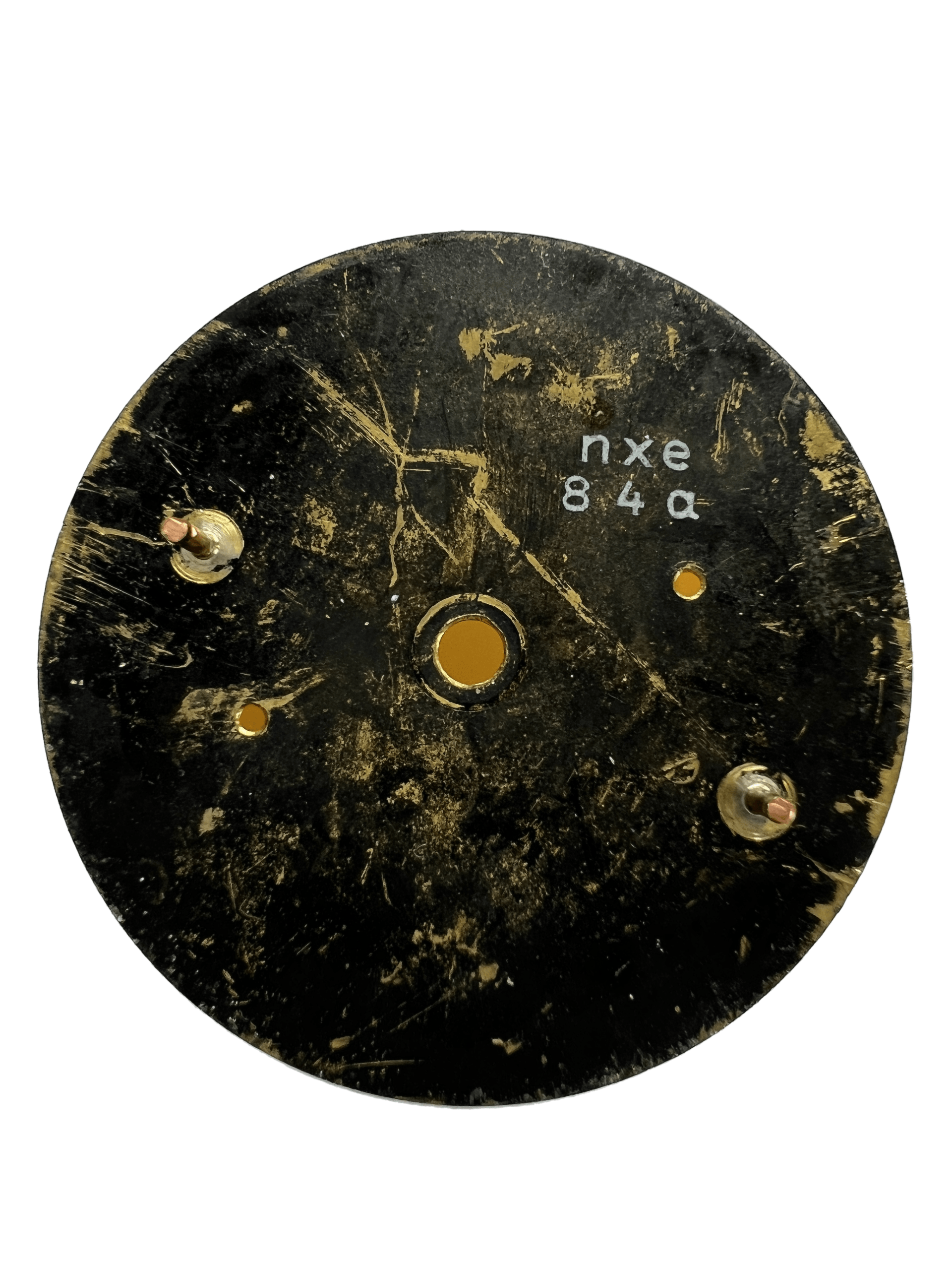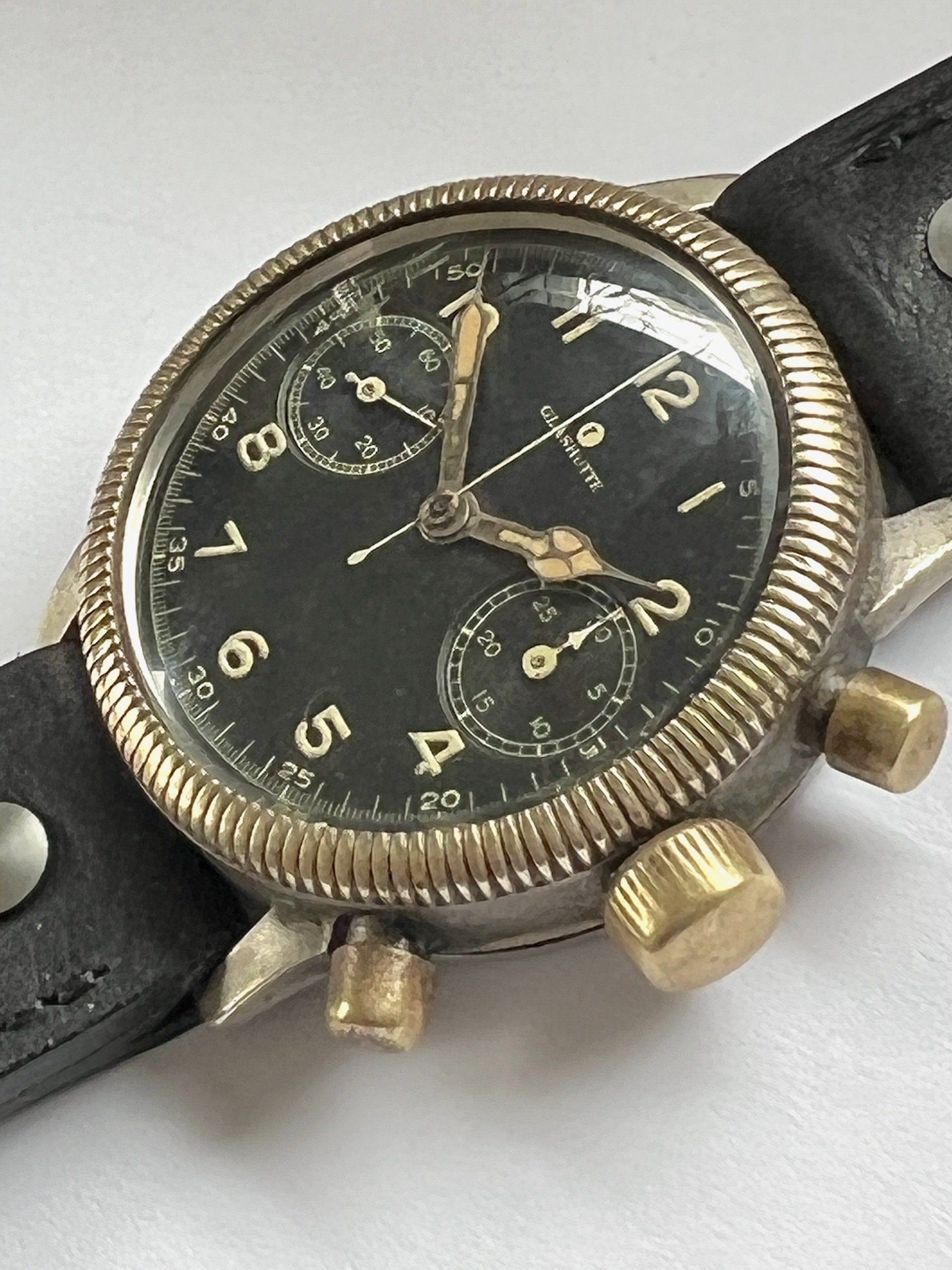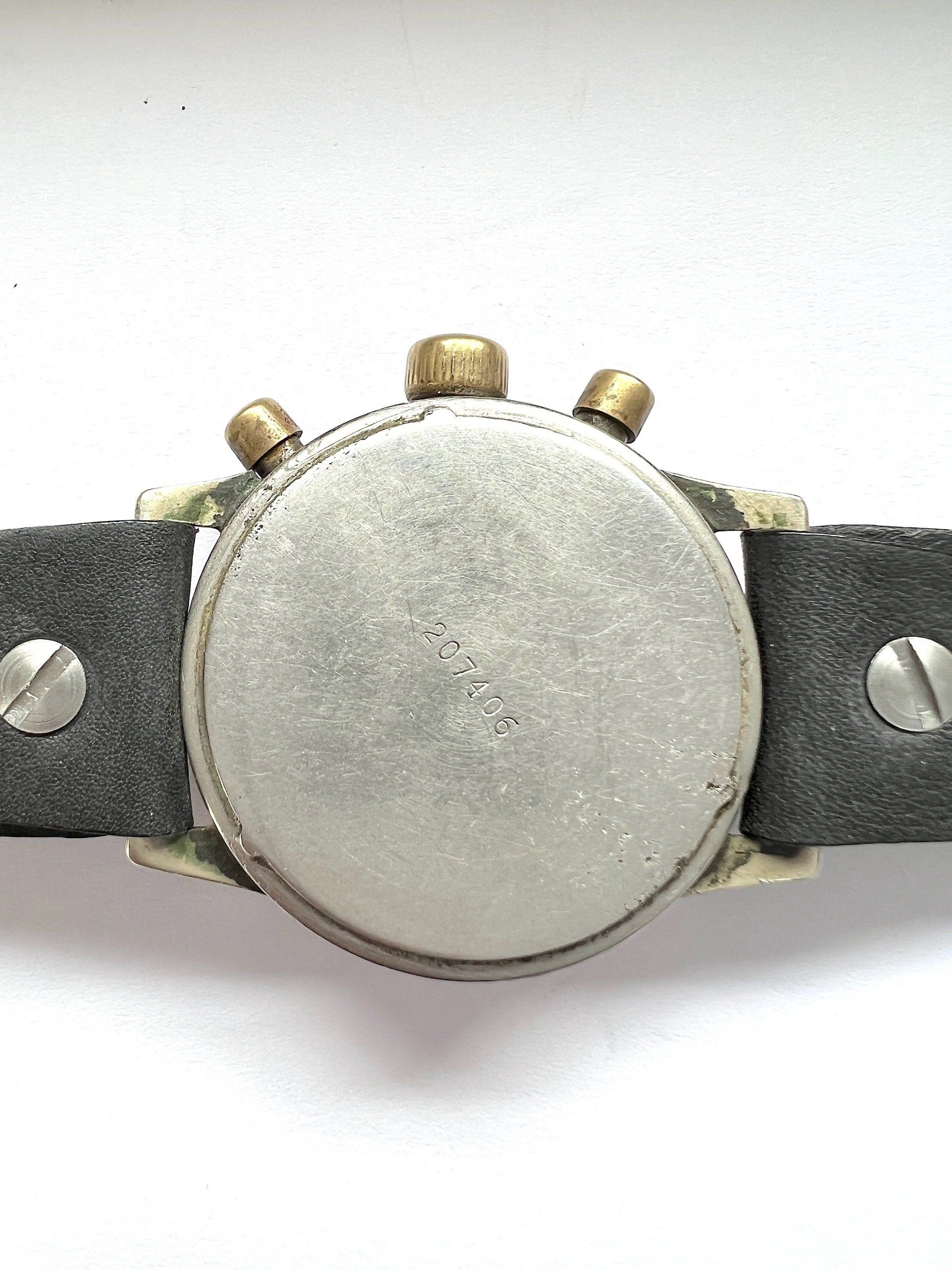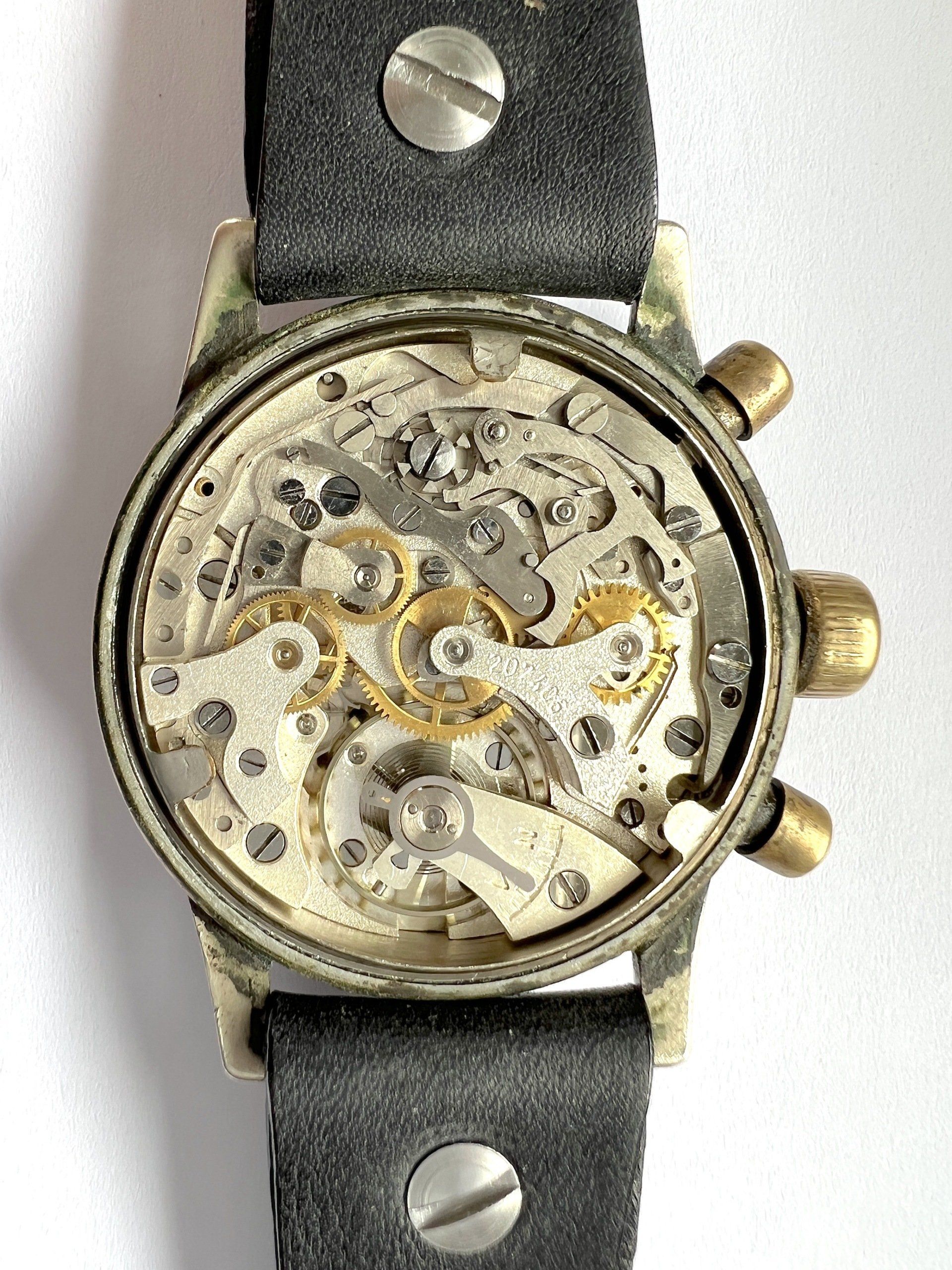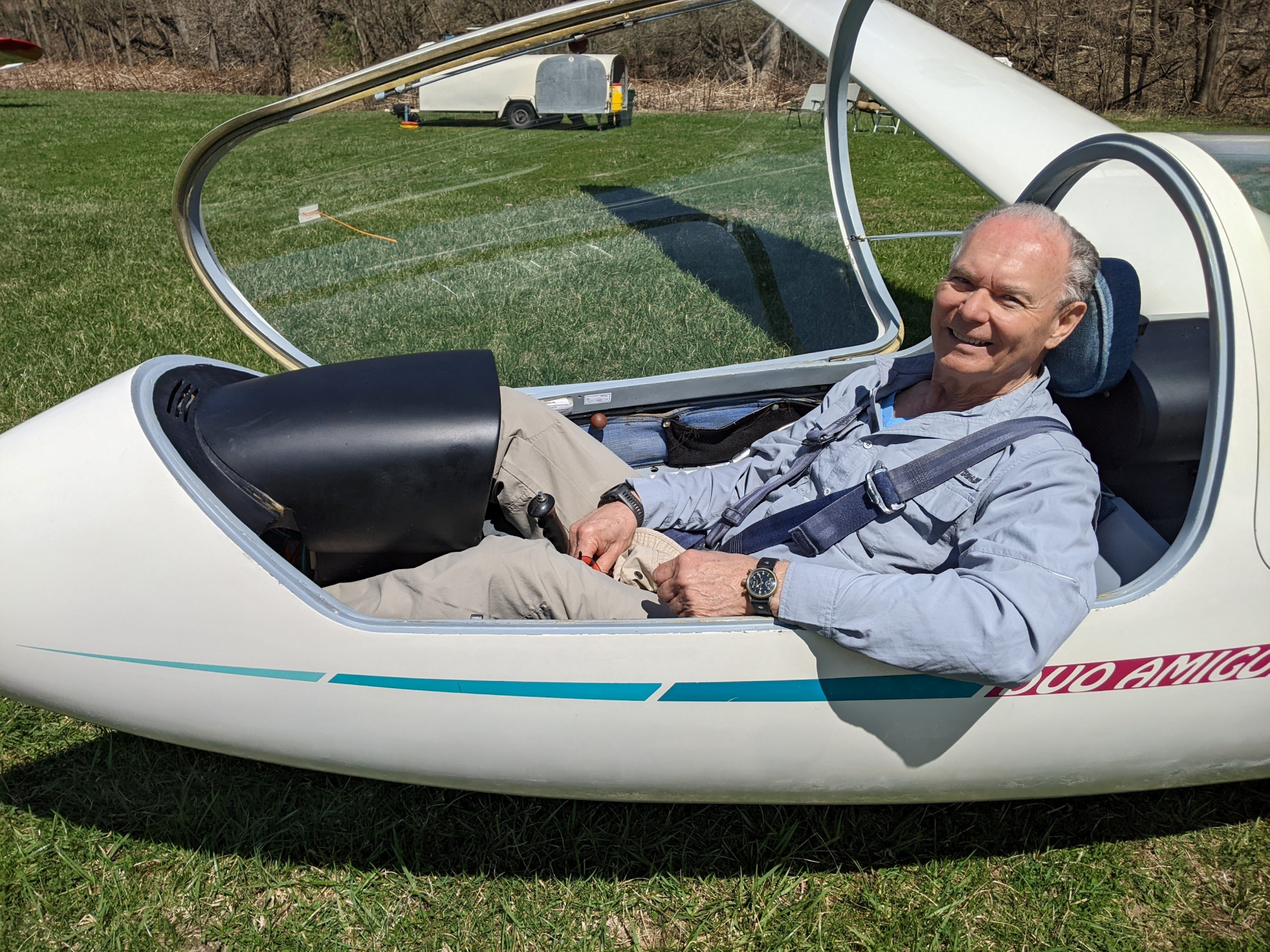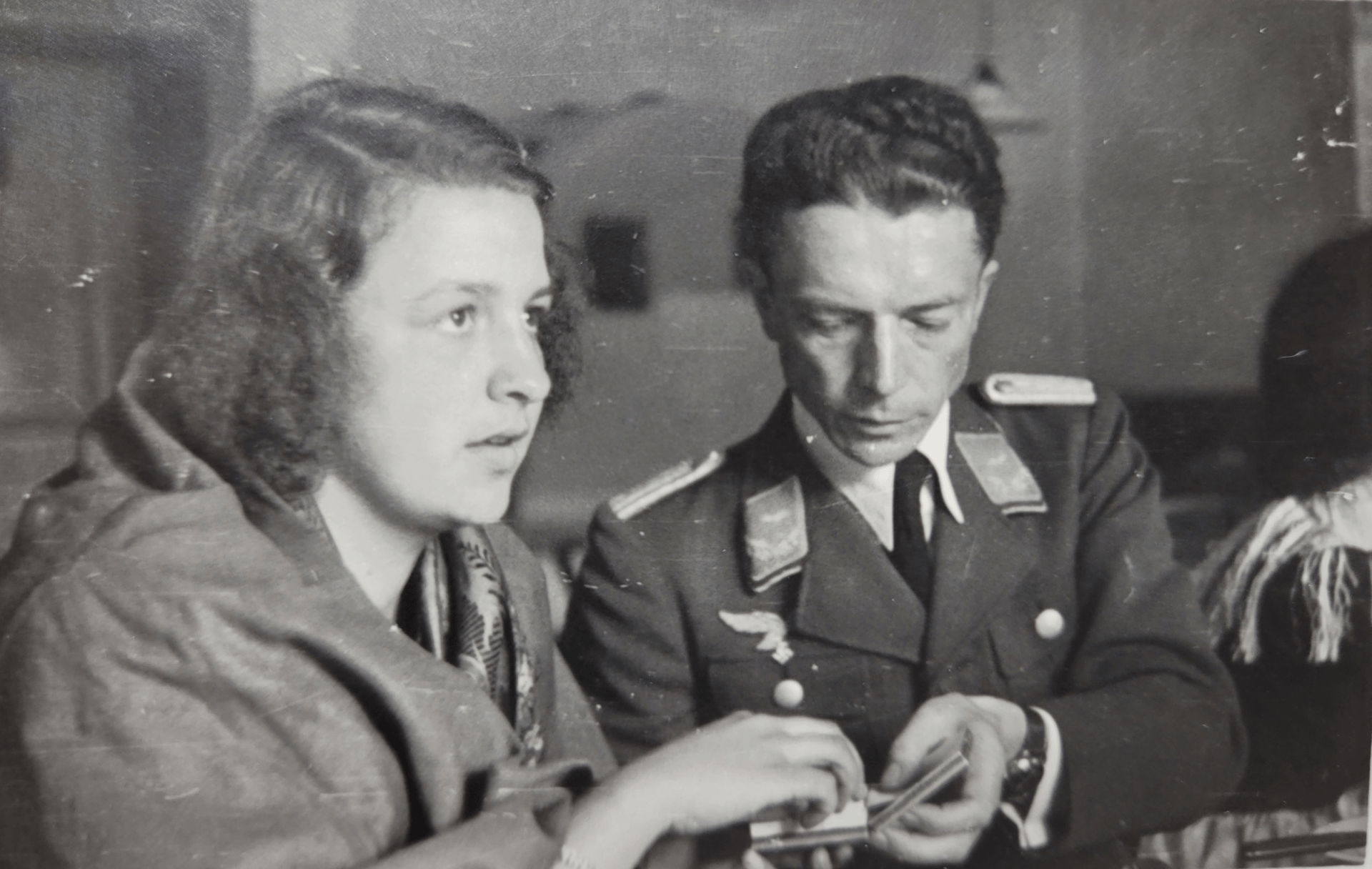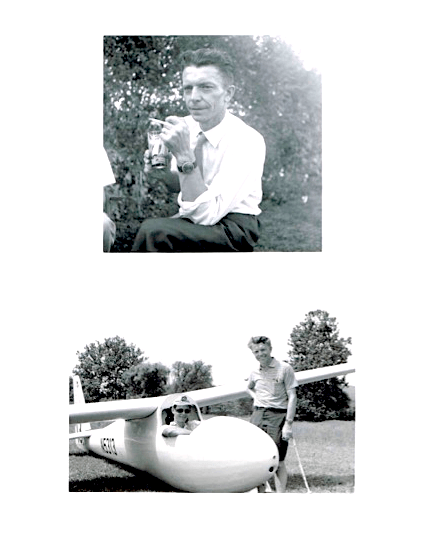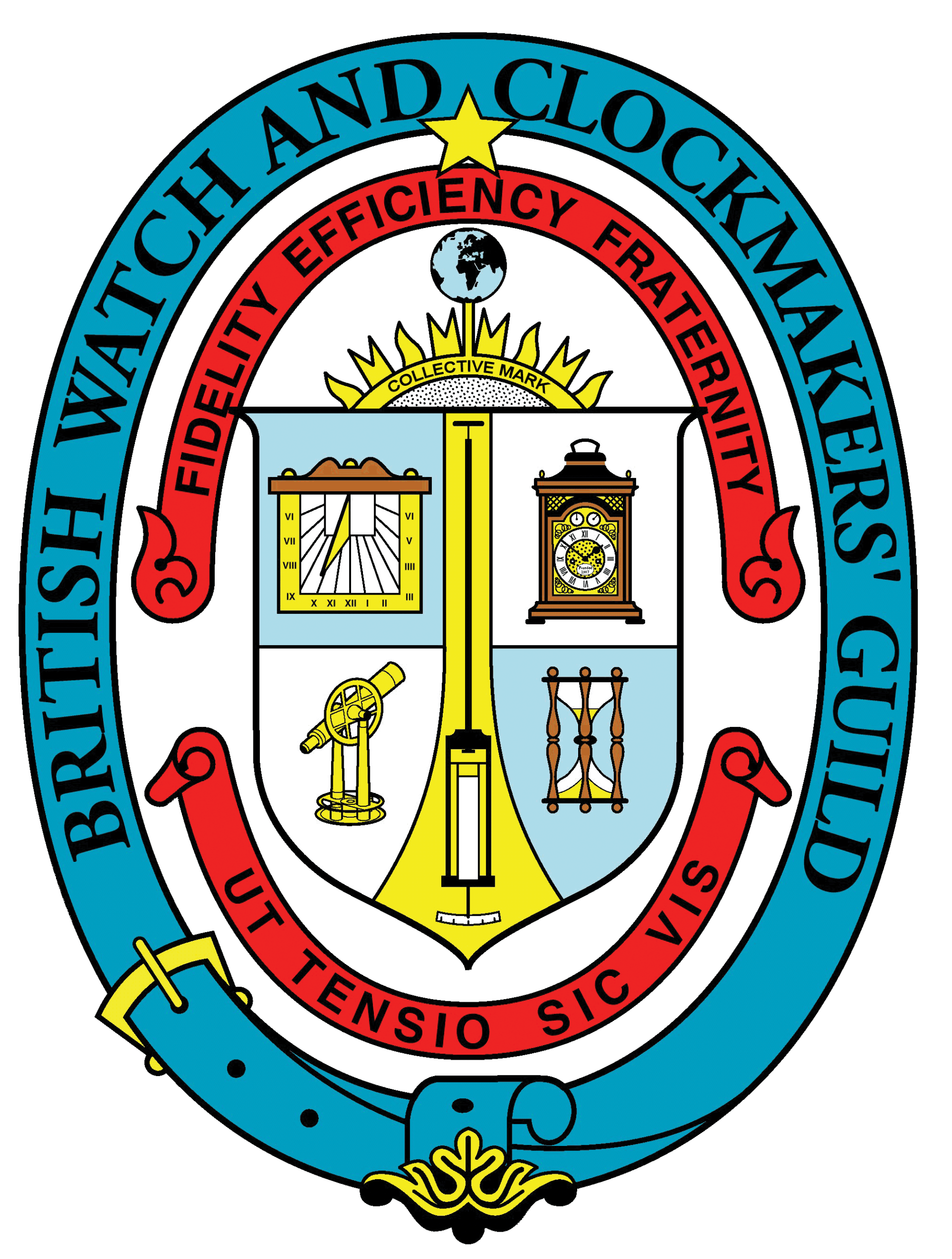Paul Rudolf Opitz
Born: 08/09/1910 in Landeshut, Germany
Died aged 01/05 2010 aged 99 in Bridgeport, Connecticut, USA
Rudi Opitz is one of Germany’s most famous test pilots. Because of post-World War I aviation restrictions, he began his flying career in gliders. Born in 1910, he built his own glider in 1934 and soon was an instructor at Germany’s famous Wasserkuppe flying school. Three years later he became involved in test flying and piloted many of Alexander Lippisch’s glider and tailless aircraft.
With the start of World War II, he was drafted by compulsory induction into the Luftwaffe as a glider instructor and, on 10 May 1940, flew in the pre-dawn raid on the Belgian fort of Eben Emael–reportedly the strongest fortification in the world. In a matter of minutes, this first-ever use of military gliders in combat secured the fort and two strategic bridges over the Albert Canal, thus paving the way for the German blitzkrieg into the low countries.
After this mission, Rudi resumed his test pilot duties and was assigned to the top-secret Project X, a program to develop the world’s first operational rocket interceptor–the Me-163 Komet. This aircraft was a tailless design that soon shattered all existing speed and time-to-climb records. Carrying only 7 to 8 minutes of rocket propellant, it was designed to take-off and intercept high-flying bomber formations.
After attacking with its two 30-mm cannons at speeds approaching 600 mph, the Me-163 became a glider and demanded extraordinary skills to relocate the field and safely land on the first pass.
As chief test pilot, Rudi flew the Komet with its highly volatile rocket fuel and survived numerous near-fatal crashes. At the end of the war, he was Commander of the Second Group of JG 400, an Me-163 equipped fighter wing.
Following World War II, he went to the USA as part of Operation ‘Paperclip’ to work as an engineer and test pilot at Wright Field, Ohio. In this capacity, he participated in development and flight testing of rigid tow equipment to make it possible to tow cargo gliders under instrument flight conditions.
Rudi was by now a US citizen, retired following a 20-year career as a test pilot with Avco-Lycoming Company. Still active in soaring, he had over 9,000 hours of flight time with more than 5,000 dead-stick landings.
During his career Rudi was awarded the Iron Cross 1st and 2nd class for the glider raid on 10 May 1940. He was awarded the German Cross in Gold (DKG) for his flight test work on the Me 163. Notably, this was one of only two DKG's awarded for non combat operations.
Rudi finished the war with the rank of Hauptmann.
